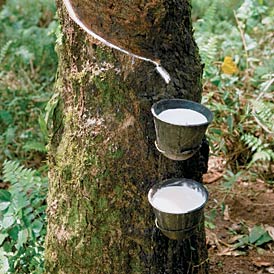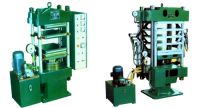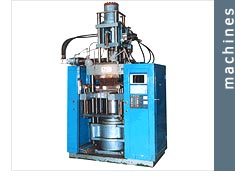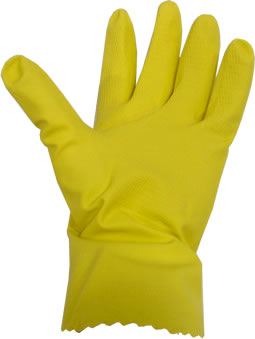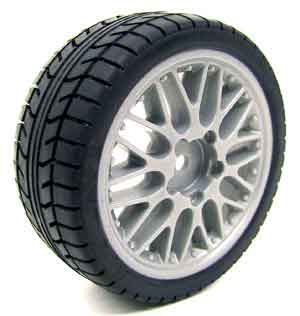Molding
From DDL Wiki
Contents |
The process
Vulcanization is the most popular process for the production of products made of rubber. Crude rubber is treated with other ingredients to change its stiffness and modify its characteristics. There are also other fillers that can be added to rubber to increase its stiffness including calcium carbonate (whiting) and barium sulfate (barite). Softeners are also necessary at times when the mix is too stiff to mix in the other ingredients. At this time petroleum, pine tar or fatty acids are most commonly used to soften the mixture.
Sulfur is the main vulcanizing agent, and it is also sometimes used in large quantities in conjunction selenium and tellurium. During hot rubber vulcanization, the sulfur is ground and mixed into the rubber along with the other dry ingredients. The ratio of sulfur to rubber in a mixture can range from 1:40 to 1:1.
Prior to mixing any of the dry ingredients with the rubber, the rubber is run through a process called mastication, during which it is ground into a soft sticky substance. This way, it can mix more easily and thoroughly with the dry ingredients. The process involves a churning action which generates temperatures around 360 degrees Fahrenheit, breaking down the rubber. The rubber then undergoes the process of mixing, followed by calendering, used for sheeting, frictioning, or coating. Once the afore-mentioned preparatory steps are completed, vulcanization can occur. This process occurs at extremely high temperatures and pressures.
Attainable Material Shapes and Sizes
Essentially all shapes and sizes within reason are attainable, because the process involves molding of a hot product, which is easible moldable.
Cold Vulcanization
Hot Vulcanization
Relevance of the Process to Design
Not all rubber is vulcanized. It has been found, however, that vulcanized rubber as much greater resistance to drastic temperature change, and has increased strength and elasticity, while being impermeable to gases and other environmental hazards. Unvulcanized rubber degrades much more quickly than its unvulcanized counterpart. This process is applicable to nearly all products made of rubber, where quality and durability are important.
Relevant Cost Range of Process
Because the process has many specific requirements, it may become somewhat expensive. It requires operation at high temperature and pressures, as well as tools such as a masticating, mixing machine and calendering machine.
References to Further Information
MSN Encyclopedia Encarta http://encarta.msn.com/encyclopedia_761556347_6/Rubber.html
Wikipedia.org Reference
http://en.wikipedia.org/wiki/Vulcanization
